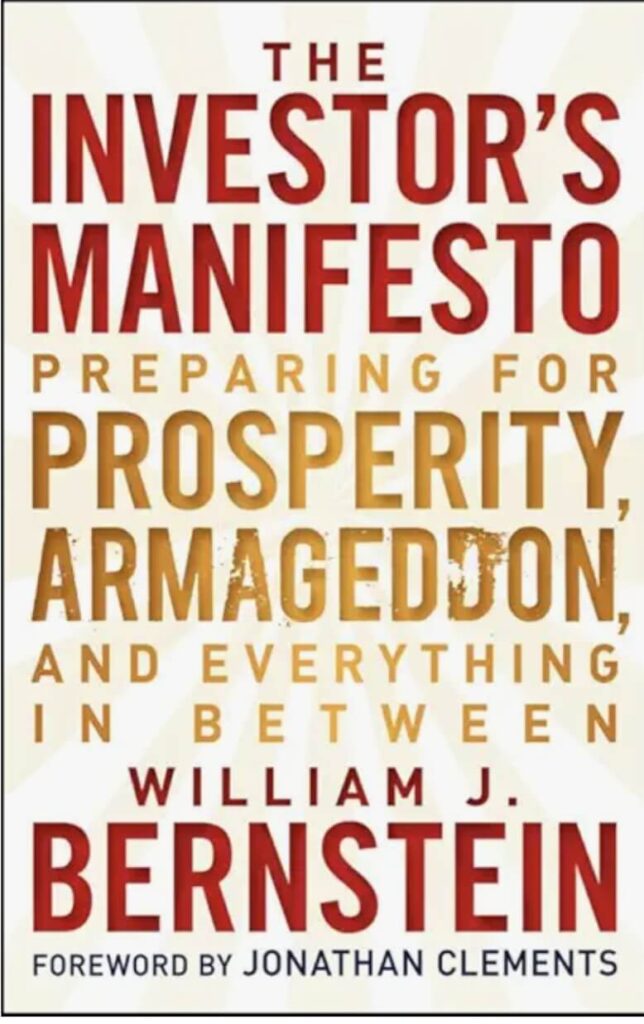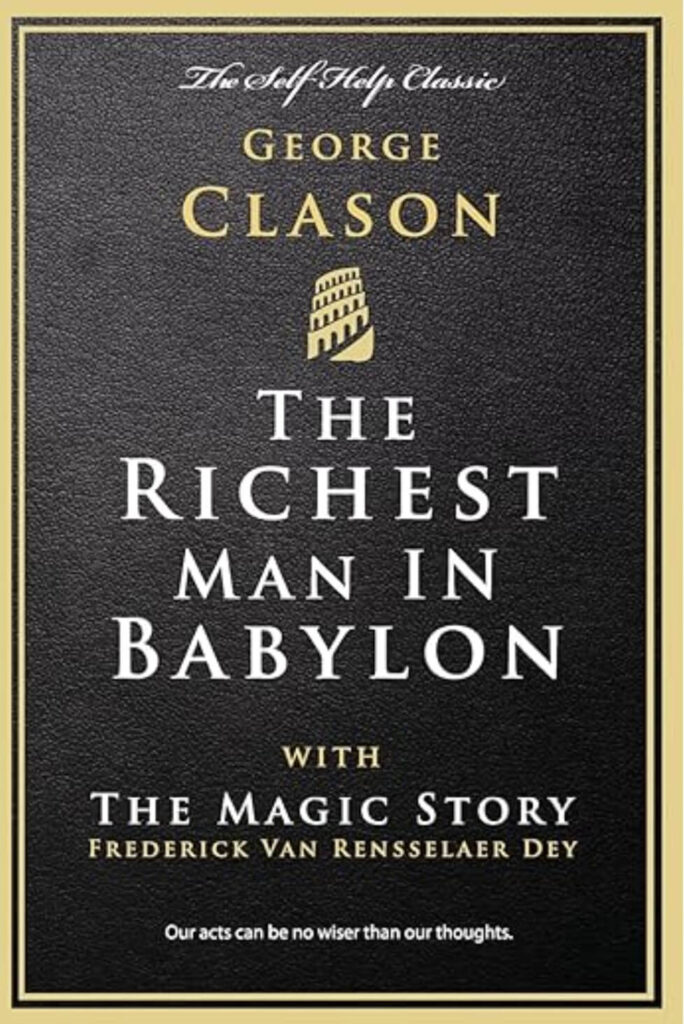What the Rich Teach Their Kids About Money—That the Poor and Middle Class Do Not!
🎯 Introduction: Pop Finance or Financial Gospel?
Robert Kiyosaki’s Rich Dad Poor Dad is arguably the most polarizing personal finance book of our time. Heralded by millions as a life-changing revelation and dismissed by others as anecdotal fluff, its reputation straddles the line between cult classic and controversial cliché.
At its core, the book contrasts the advice Kiyosaki claims to have received from two father figures—his highly educated but broke biological dad (“Poor Dad”) and his best friend’s entrepreneurial father (“Rich Dad”). This dichotomy serves as the backbone for a narrative about financial literacy, mindset, and breaking free from the “rat race.”
It’s compelling—but the deeper you dig, the more the cracks begin to show.
🧠 Core Philosophy: Assets Over Academics
Kiyosaki’s message is deceptively simple: the wealthy acquire assets; the poor and middle class acquire liabilities they think are assets. According to him, financial education is more important than academic achievement, and the road to wealth lies in understanding cash flow—not degrees.
He champions real estate, entrepreneurship, and financial independence over job security or saving for retirement. These ideas resonate in a system that often fails to teach practical money management.
But while the message is motivational, the delivery lacks rigor. Kiyosaki doesn’t just downplay traditional education—he borderline mocks it. In doing so, he creates a false dichotomy between formal learning and financial literacy, as if one must choose between the two.
💼 What’s Inside: Parables and Provocations
Rich Dad Poor Dad is structured around digestible life lessons rather than a technical financial framework. Some of the key takeaways include:
⦁ The rich don’t work for money; they make money work for them.
⦁ Financial struggle is often rooted in fear and ignorance, not income level.
⦁ Schools prepare students to be employees, not entrepreneurs.
⦁ Understanding the difference between assets and liabilities is crucial.
These insights are delivered in parable-style storytelling—engaging, yes, but light on substantiation. The book doesn’t cite sources, statistics, or detailed case studies. Kiyosaki offers broad-brush advice with anecdotal evidence and leaves readers to fill in the gaps.
✅ What Readers Love (Based on Praise)
⦁ Mindset Shift Over Mechanics
For many readers, especially those new to thinking about money, Rich Dad Poor Dad is their “red pill moment.” It reframes wealth not as a product of luck or high income but as a result of strategy, mindset, and discipline.
⦁ Inspirational Tone
Kiyosaki writes like a coach giving a halftime speech. The book is full of quotable lines, simplified metaphors, and rousing challenges to conventional wisdom. It’s not hard to see why it’s been a gateway into financial self-help for millions.
⦁ Relatable Structure
By using two “dads” as characters, Kiyosaki gives readers a narrative to latch onto. The stories are simplified morality tales that make abstract financial concepts feel personal and accessible.
❌ Where It Falls Short (Based on Criticism)
⦁ Lack of Practical Detail
While the book excels at shifting mindset, it falls flat when it comes to actionable advice. How, exactly, does one go about acquiring “assets” with little capital? What are the step-by-step principles to vet an investment property? The reader is inspired—but left holding an empty toolbox.
⦁ Dubious Claims and Ambiguity
Kiyosaki’s “Rich Dad” is never named and may not even exist. The anecdotes read like parables rather than memories, and his sweeping claims (“The rich don’t work for money!”) are rarely challenged or qualified. For a book sold as financial education, it often veers closer to mythology than methodology.
⦁ Anti-Education Rhetoric
One of the most problematic themes is Kiyosaki’s consistent undermining of formal education. While it’s fair to critique schools for failing to teach financial literacy, equating college degrees with financial failure is simplistic and potentially harmful—especially for readers looking for clarity, not cynicism.
⦁ Overemphasis on Real Estate and Entrepreneurship
Kiyosaki positions real estate investing and business ownership as the superior paths to wealth without sufficiently warning about the risks involved. There’s little discussion of diversification, market cycles, or downside protection—essential lessons for any investor.
🔍 Deeper Analysis: Useful Framework or Cult of Personality?
Rich Dad Poor Dad thrives on its narrative power, but stumbles on depth. It provides a mental model for thinking about money but fails to build a bridge to practical execution. Worse, it sometimes blurs the line between financial literacy and financial bravado.
The book does not cover:
⦁ Tax planning or retirement accounts
⦁ Budgeting or debt management
⦁ Index funds, compound interest, or passive investing
⦁ Behavioral finance or emotional biases
These are all foundational pillars of personal finance that go unmentioned in favor of high-level cheerleading.
Moreover, the later books and brand ecosystem—seminars, board games, and coaching programs—have been criticized for predatory marketing. Critics argue that Kiyosaki sells the idea of wealth more than the tools to attain it.
📖 Comparison: Better or Worse Than Other Finance Books?
Compared to classics like Your Money or Your Life (Robin & Dominguez) or The Millionaire Next Door (Stanley & Danko), Kiyosaki’s book is lighter on facts and heavier on flair. It’s far less grounded than The Total Money Makeover (Dave Ramsey), and less educational than The Little Book of Common Sense Investing (John C. Bogle).
If those books are financial plans, Rich Dad Poor Dad is more of a motivational pitch deck.
⭐ Final Verdict: ★★☆☆☆ (2.5/5)
Rich Dad Poor Dad is a provocative, fast-paced read that delivers inspiration in spades—but falls short as a serious financial guide. It’s best viewed not as a roadmap, but as a call to action—a spark to get readers thinking differently about money.
If you’re just starting your financial journey, this book may light a fire. But don’t mistake it for a complete education. It oversimplifies complex topics, makes sweeping generalizations, and offers little in the way of tangible strategy.
Who Should Read It:
⦁ Teenagers and young adults curious about money
⦁ Readers in need of a mindset shift around income and wealth
⦁ Anyone who wants a provocative, story-driven introduction to personal finance
Who Might Want to Skip It:
⦁ Readers seeking practical, step-by-step financial advice
⦁ Critical thinkers who prefer evidence-based strategy
⦁ Experienced investors or financially literate readers




